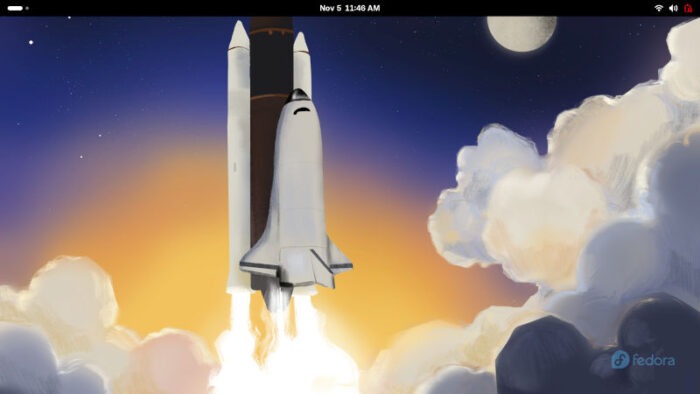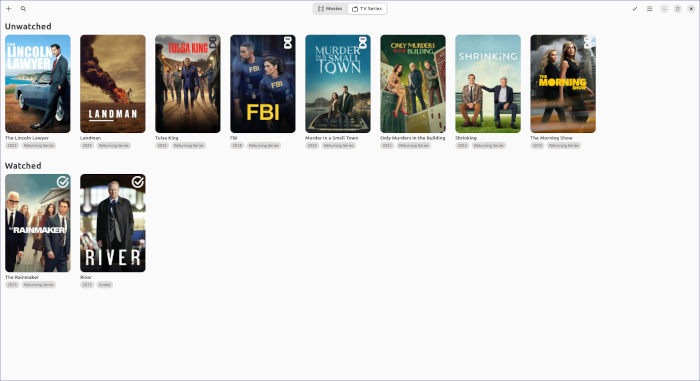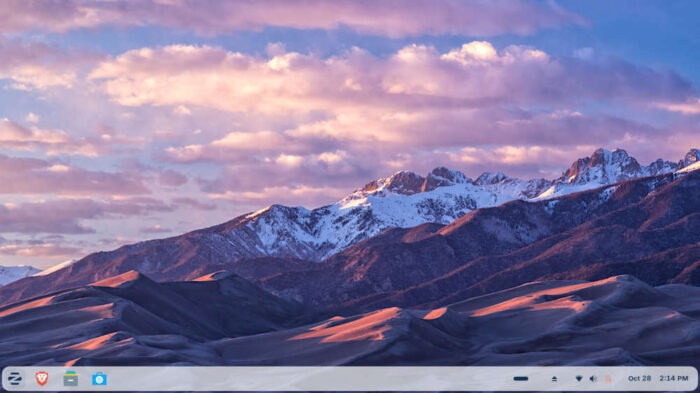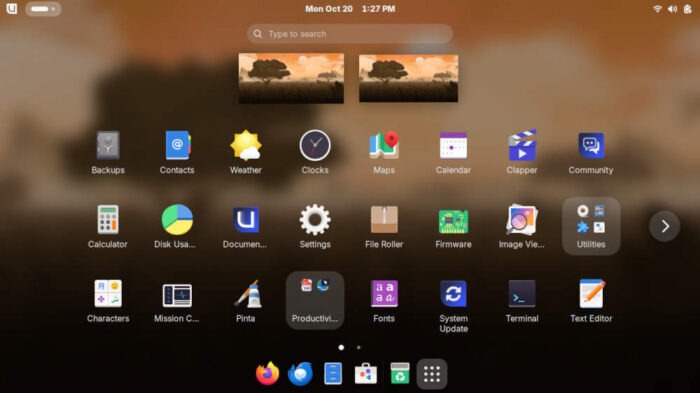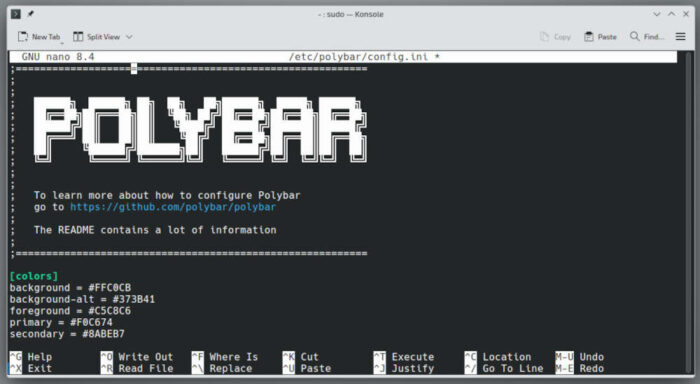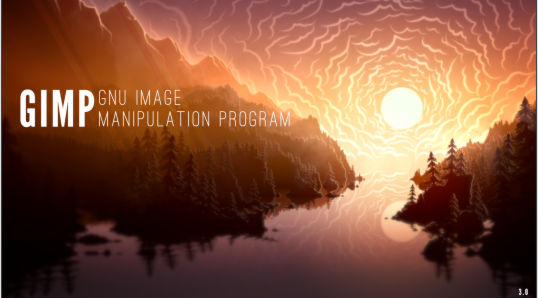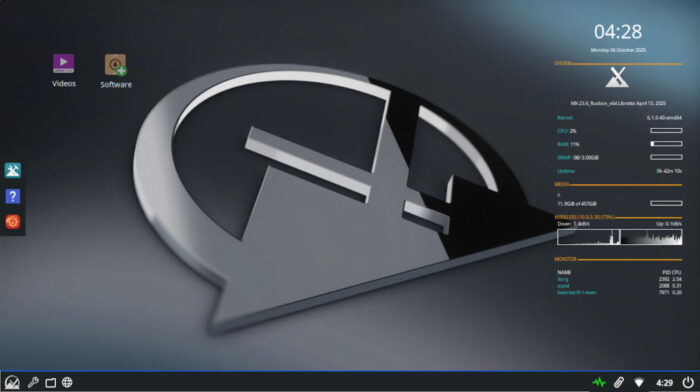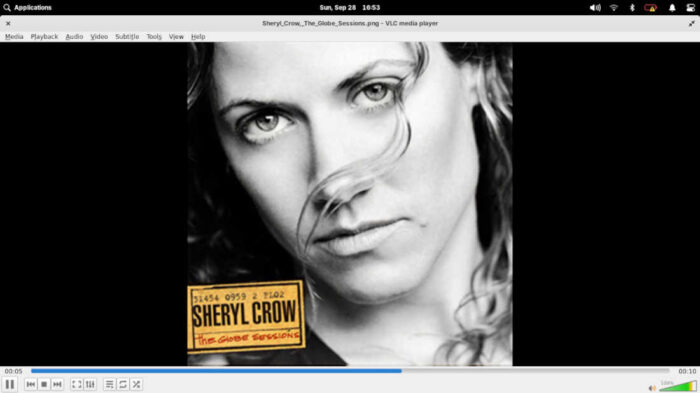Take Fedora 43 Workstation for a spin with our hands-on review -- plenty of screenshots, but don't trample the Easter egg.
Posts published in “Reviews”
No more guessing where your favorite series lives—Ticket Booth lets you keep your database of titles up to date.
With performance boosts and seamless cloud connections, Zorin OS 18 is quickly becoming the top gateway for Windows refugees.
A dinosaur mascot, a read-only core, and a huge ISO-- here's our hands-on experience after taking Bluefin GTS for a ride.
With small steps and steady progress, Gimp's latest release tightens performance and makes theme support more consistent.
This Debian‑based distro fuses privacy‑first AI with KDE polish and speed, although not everything is flawless.
Whether reviving old gear or maxing out new silicon, MX Linux 23.6 Libretto stays cool, collected, and gets the job done no matter what it takes.
Although downloading the distro might feel like a confrontation with an overzealous panhandler, once installed, elementaryOS rewards users with a robust Linux experience.
Some think that Bazaar is on its way to being the go-to Flatpak app store in the Linux world -- often preferable to standard app stores. It's certainly worth trying, whether you’re a new or experienced user.

